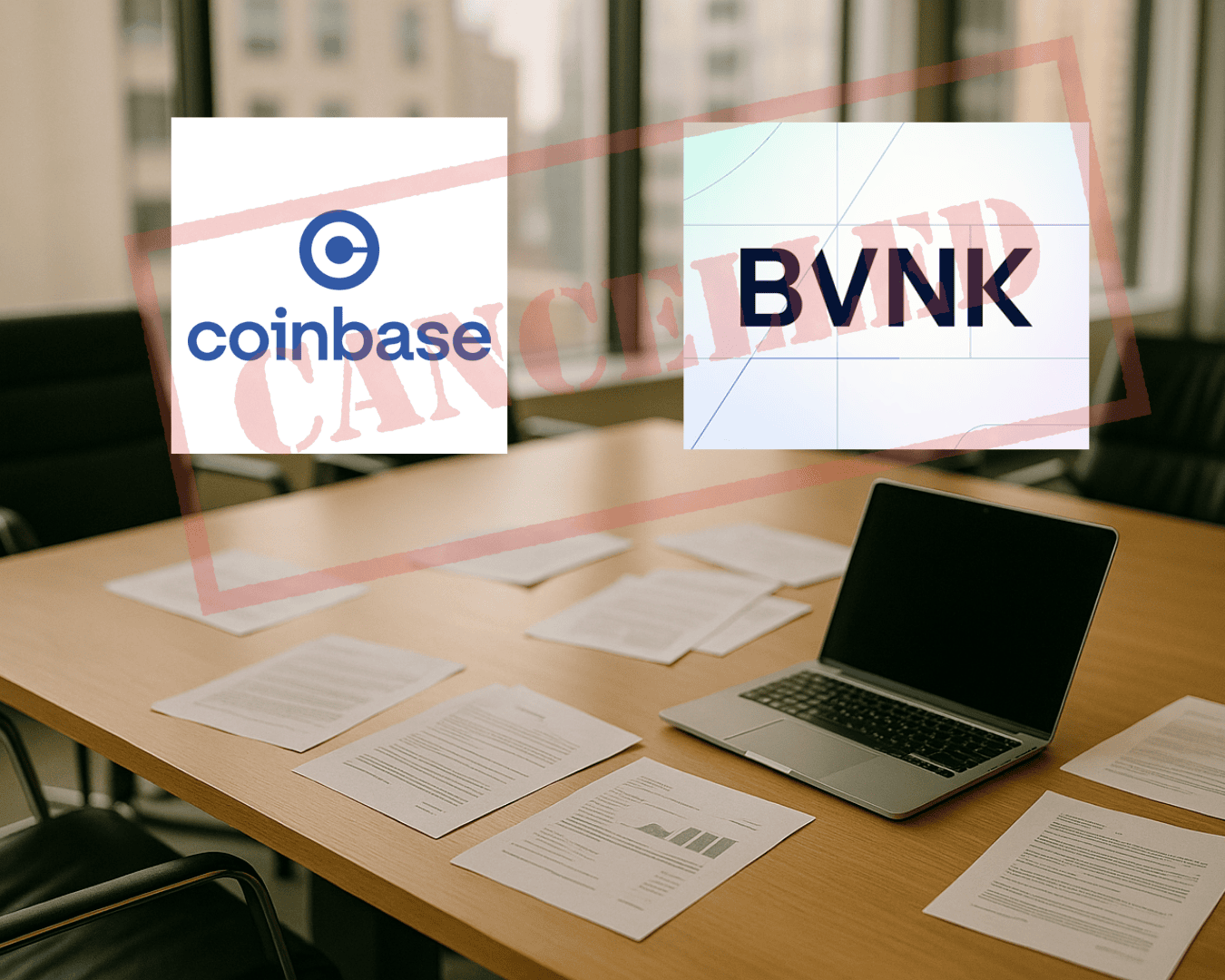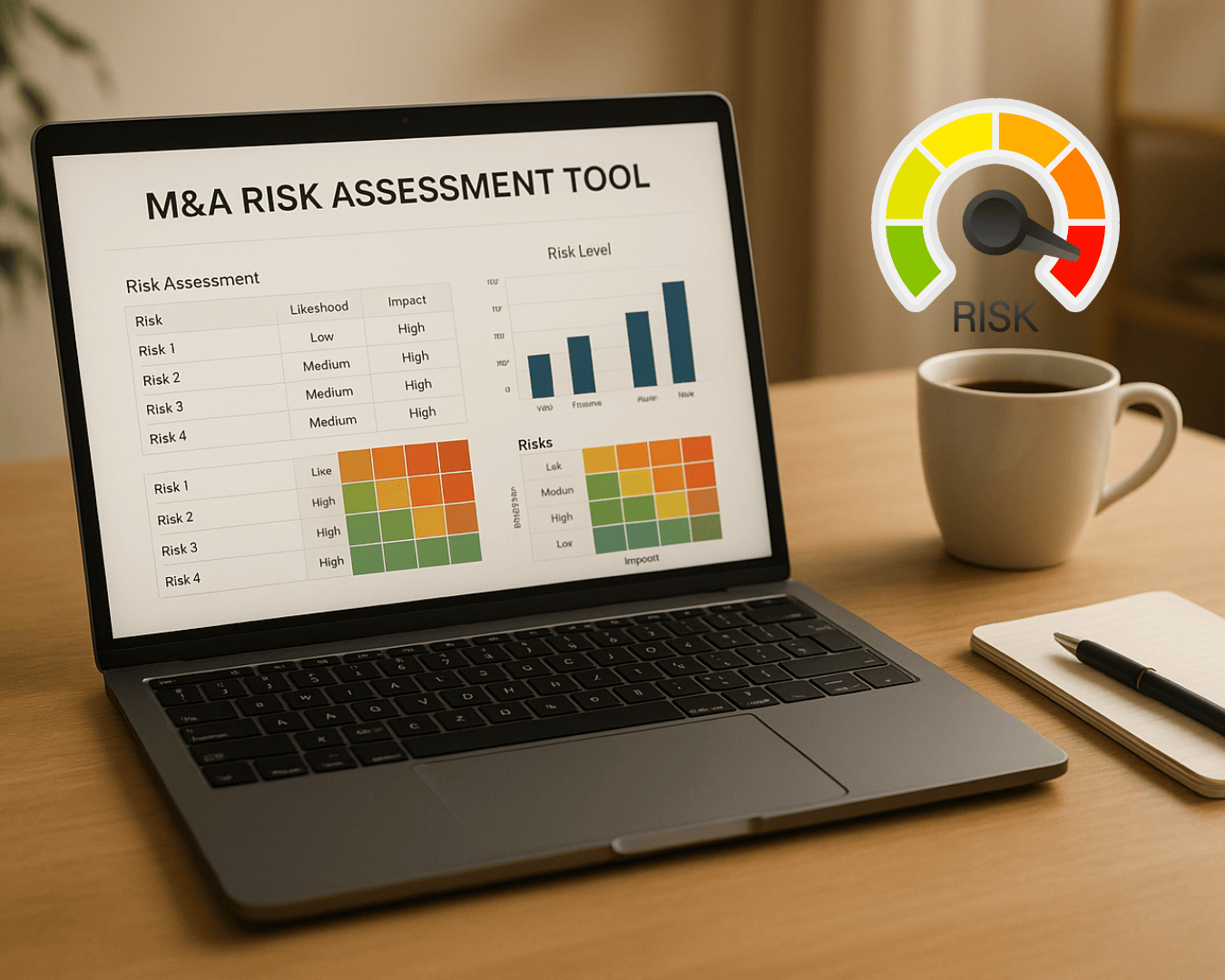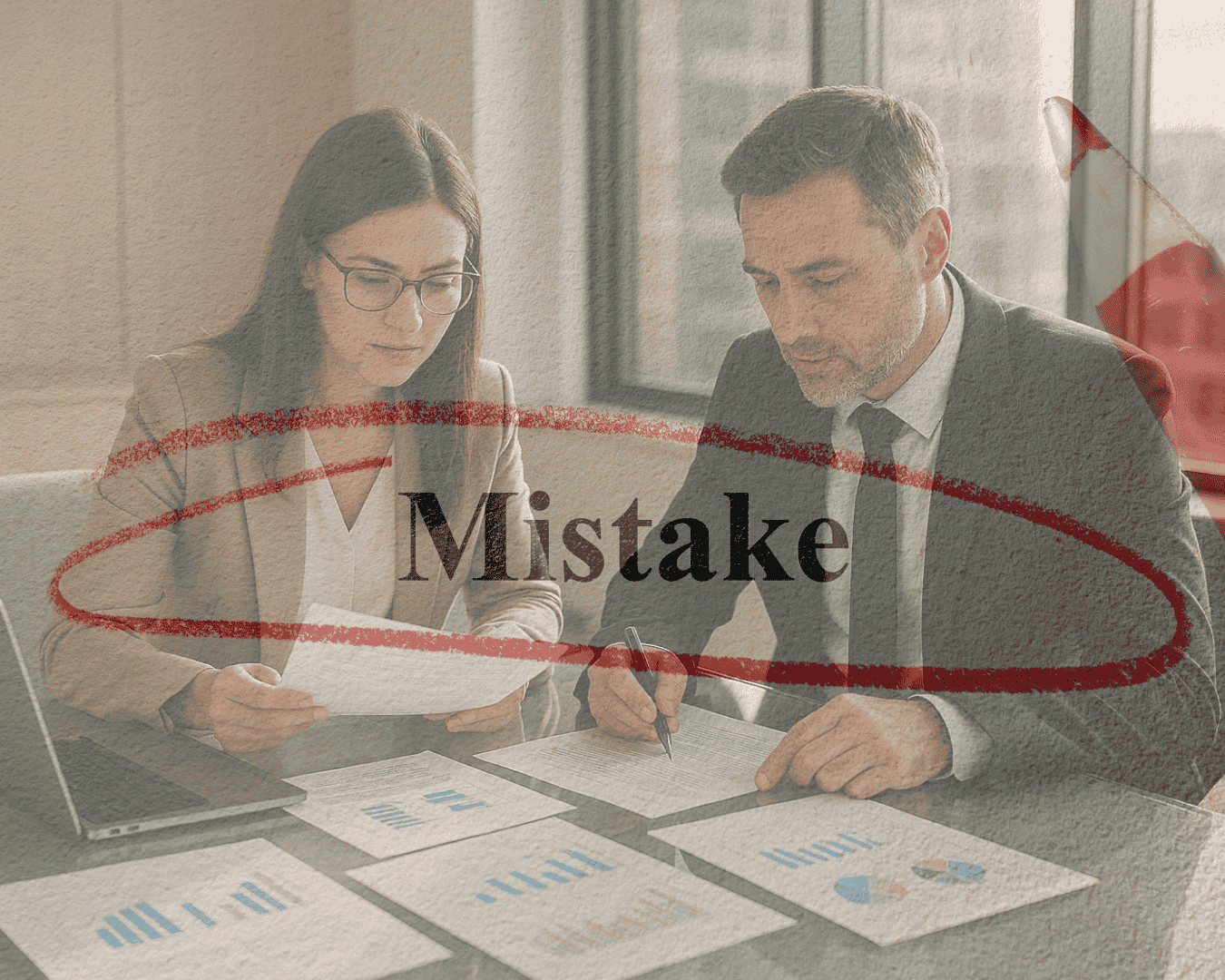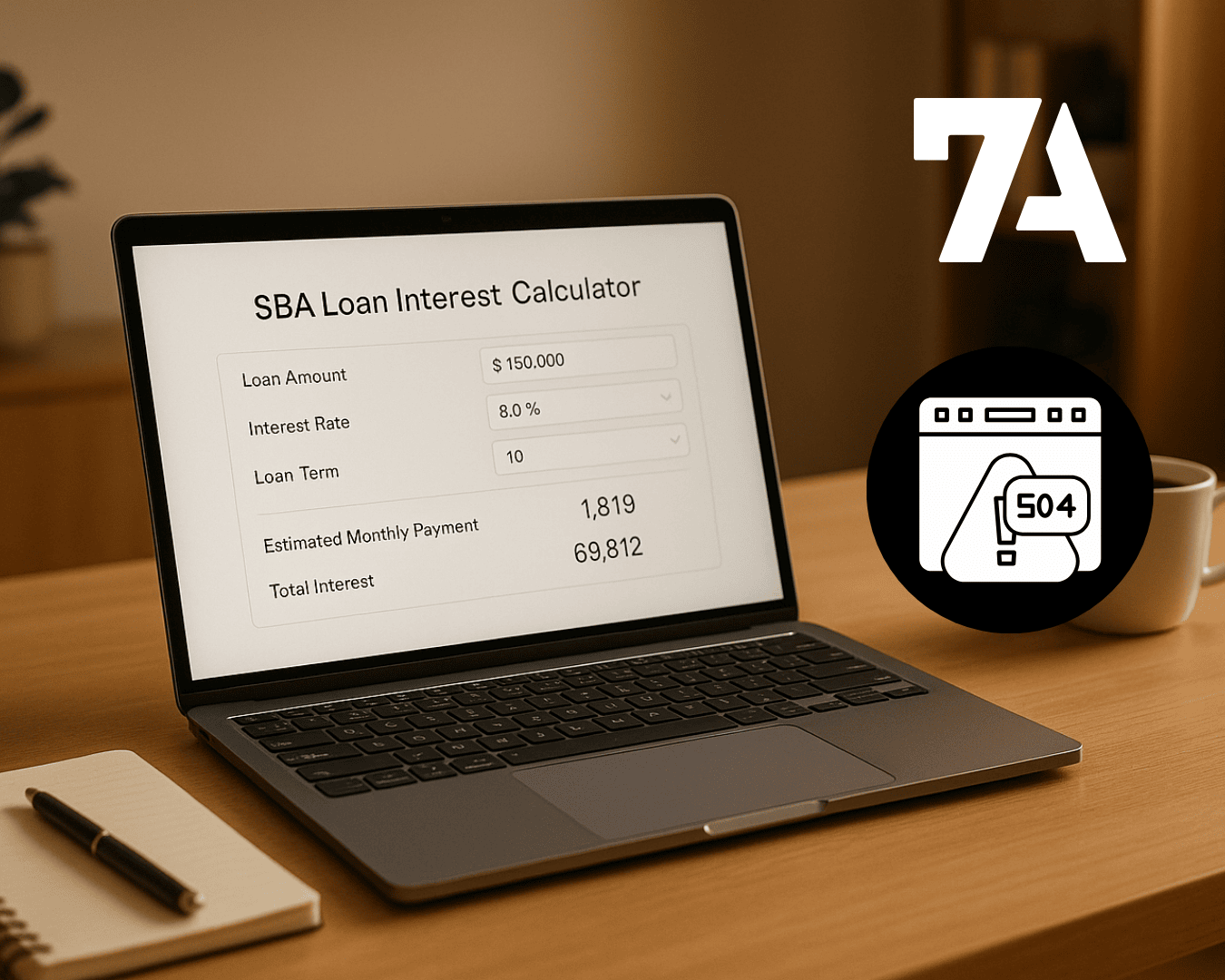Labor law due diligence is essential for identifying risks tied to employment practices during business acquisitions. It ensures compliance with wage laws, anti-discrimination rules, and safety standards while analyzing contracts, benefits, and litigation history. Key areas to review include:
- Employee Handbooks: Check for outdated or unclear policies.
- Contracts and Agreements: Ensure proper classification of workers and compliance with non-compete rules.
- Wage and Hour Records: Verify adherence to minimum wage, overtime, and record-keeping laws.
- Safety Compliance: Review OSHA records and injury logs.
- Litigation History: Look for recurring issues or unresolved claims.
Thorough documentation, secure data handling, and clear reporting are crucial. By addressing these factors early, buyers can avoid inheriting legal and financial liabilities, negotiate better terms, and ensure smoother transitions. Tools like Clearly Acquired streamline this process by organizing and securing due diligence materials.
Labor Law for Employers What Every Business Needs To Know
Key Labor and Employment Documents to Review
Conducting a thorough labor law due diligence review means examining specific documents that can reveal hidden compliance gaps and liabilities. These documents provide a snapshot of how the target company manages its workforce and adheres to employment regulations. By reviewing these records, you can uncover past practices and assess potential risks tied to future liabilities.
Employee Handbooks and Workplace Policies
Employee handbooks play a critical role in shaping workplace practices and can significantly impact legal liability. Courts increasingly treat these documents as legally binding, making them a key focus during due diligence. A detailed review should catch outdated or unclear policies that could lead to legal risks. Pay special attention to policies covering social media use, confidentiality, and employee leave, ensuring they align with current state and local laws. Additionally, the National Labor Relations Board has flagged policies that could restrict employees' rights to discuss workplace conditions. Strong anti-harassment provisions are also vital to reducing potential risks.
Employment Contracts and Agreements
Employment-related agreements provide insight into the company’s contractual obligations and possible vulnerabilities. These include employment contracts, offer letters, non-compete agreements, and independent contractor agreements. Independent contractor agreements should be carefully reviewed to avoid misclassification issues. For non-compete agreements, check that they meet current state requirements regarding duration, geographic limits, and the consideration offered to employees.
Employee Benefit Plan Documents
Employee benefit plan documents shed light on regulatory compliance and financial commitments. Important records include the plan document, summary plan descriptions (SPDs), and any amendments. The plan document serves as the official guide for employee benefit plans, including health, welfare, and retirement plans, and must meet ERISA’s documentation standards. These documents should clearly define eligibility, funding, and benefits, while also including necessary ERISA disclosures. Employers are required to provide SPDs to employees within 90 days of coverage or after any plan amendments. These summaries must be written in straightforward, easy-to-understand language.
Wage, Hour, and Workplace Safety Records
Review payroll records, time logs, overtime calculations, and wage statements from the past three years to confirm compliance with the Fair Labor Standards Act. Check employee classifications to ensure they are correctly categorized as exempt or non-exempt from overtime. Look for signs of underpayment, such as off-the-clock work or improper deductions. Additionally, examine OSHA compliance records, including safety training logs, injury reports, and any citations or inspections. Frequent injuries or OSHA violations could signal bigger safety issues, potentially leading to penalties or higher insurance costs.
Litigation and Complaint Records
Examining litigation and complaint records can reveal recurring problems or potential liabilities. Review court filings, settlement agreements, EEOC charges, and internal complaint logs for patterns of misconduct or compliance failures. Multiple claims related to discrimination, wage disputes, or safety violations could indicate deeper operational or workplace culture issues. It’s also important to evaluate how the company has handled internal complaints. Poor documentation or inadequate investigations, even for resolved issues, can create additional risks. These records are essential for identifying legal exposures and assessing overall risk.
Compliance Areas to Check
Reviewing these compliance areas is crucial for identifying potential legal and financial risks. They go beyond document reviews to ensure operational practices align with legal requirements.
Wage and Hour Compliance
Start by examining wage and hour compliance to confirm adherence to rules around minimum wage, overtime, and record-keeping. Federal and state laws in this area can differ significantly. The Fair Labor Standards Act (FLSA) sets the federal minimum wage at $7.25 per hour, a rate unchanged since July 24, 2009. However, many states enforce higher minimum wages to reflect local living costs. In cases where federal and state rates differ, employees are entitled to the higher wage.
The financial stakes here are high. In 2022 alone, wage and hour settlements exceeded $574 million, and back-wage collections surpassed $212 million. Key elements to review include minimum wage compliance, overtime calculations, employee classification, meal and rest break rules, and record-keeping accuracy.
Federal law requires overtime pay at 1.5 times the regular rate for hours worked beyond 40 in a week. Some states impose additional rules, such as daily overtime requirements.
| Requirement | Federal Law (FLSA) | State Law |
|---|---|---|
| Minimum Wage | $7.25 per hour (as of 2009) | Varies; higher rate applies if different |
| Overtime | 1.5 times regular rate over 40 hours/week | May include daily overtime rules |
| Meal/Rest Breaks | Not required | Specific rules vary by state |
| Record Keeping | Required for wages, hours, etc. | May have additional requirements |
Anti-Discrimination and Equal Employment Opportunity
Review anti-discrimination compliance to ensure fair treatment across all employment processes. Equal Employment Opportunity (EEO) laws prohibit discrimination in hiring, promotions, pay, benefits, layoffs, and disciplinary actions. These laws generally apply to employers with 15 or more employees.
Federal protections cover discrimination based on race, color, religion, sex (including pregnancy, sexual orientation, and transgender status), national origin, age (40 or older), disability, or genetic information. Sexual harassment is also classified as sex discrimination under Title VII.
For example, in 2021, Dell resolved an Equal Pay Act case by paying $75,000 after it was revealed that a female employee was earning $17,510 less annually than her male counterpart. Employers with 100 or more employees must file an EEO-1 form annually and display notices about employee rights under Title VII, ADA, and GINA. To stay compliant, ensure company policies address biases, provide accessibility accommodations, and maintain clear documentation of hiring and employee relations.
Workplace Safety and OSHA Standards
Workplace safety compliance involves meeting OSHA standards to protect employee health and safety. Employers are required to establish comprehensive safety programs, provide adequate training, and maintain accurate safety records. Regular inspections and audits are essential, along with keeping documentation like injury logs, training records, and inspection results readily available.
Key documentation includes records of injuries and illnesses, training logs, and evidence of corrective actions. Conduct safety audits regularly, document findings, and create timelines for addressing any issues.
sbb-itb-a3ef7c1
Risk Identification and Mitigation
Spotting and addressing labor law risks early in the acquisition process can save buyers from expensive surprises and legal headaches. A structured approach to risk assessment not only helps measure potential liabilities but also shapes strategies to manage them effectively. These insights directly influence due diligence outcomes and complement the document reviews discussed earlier.
Past or Pending Litigation
Employment-related lawsuits can affect both the value of a deal and the smooth running of operations after acquisition. Start by examining summaries of past, threatened, or ongoing employment claims against the target company. This includes checking for any investigations or actions by federal or state agencies related to wage and hour laws or anti-discrimination violations.
Dive into legal documents like settlement demand letters, pleadings, and insurance claim summaries to identify patterns and assess the extent of exposure. Pay attention to injunctions, judgments, or court orders involving the seller, as these could create ongoing obligations.
Focus particularly on resolved claims and lawsuits filed within the past five years. This can help identify recurring issues or concerning behaviors. Additionally, analyze demand letters the company has received to spot recurring problems and evaluate pending cases to estimate potential outcomes and financial risks.
Potential Liabilities and Penalties
Quantifying labor law liabilities is critical to understanding financial risks. Unpaid wages, benefits, and severance obligations are key areas to evaluate, as these liabilities could transfer to the buyer. For instance, unresolved issues like employee misclassification or unpaid wages could result in back-pay obligations and penalties.
"Assess and quantify all employee liabilities, including unpaid wages, benefits, and severance, to understand financial exposure before purchase." - Attorney Aaron Hall
A particular challenge is successor liability, where the acquiring company might become responsible for the target’s pre-closing violations, even if these issues were not disclosed during the deal.
Bring in experts to verify and accurately value any outstanding employee compensation obligations. It’s also important to confirm compliance with collective bargaining agreements and worker classification rules. Securing liability insurance for employment-related claims can provide additional protection against financial risks.
Understanding these liabilities can guide negotiations and help adjust the purchase price accordingly.
Mitigation Methods
Once risks are identified, precise strategies are essential to address them. Effective mitigation combines thorough due diligence with smart deal structuring and post-acquisition planning. Use indemnity clauses to shield against liabilities that might arise after the transaction is finalized. Structure the deal to include warranties and representations related to labor law compliance, and consider using escrow arrangements or adjusting the purchase price to account for known risks.
The US Department of Justice offers a "safe harbor" policy, which assumes leniency if acquiring companies conduct proper due diligence, promptly disclose any criminal misconduct, and take steps to fix violations.
"A well-designed compliance program should include comprehensive due diligence of any acquisition targets, as well as a process for timely and orderly integration of the acquired entity into existing compliance program structures and internal controls." - US DOJ
Post-transaction, focus on swift compliance and clear communication. Ensure adherence to federal and state labor laws, including WARN Act requirements for mass layoffs or plant closures. Review existing employment contracts, benefits plans, and collective bargaining agreements to ensure a smooth transition. Address workplace culture differences by offering resources to help employees adapt. If workforce reductions are necessary, consider voluntary redundancy programs with enhanced severance packages to avoid forced layoffs.
Documentation and Reporting Best Practices
Thorough documentation and clear reporting are crucial for navigating due diligence effectively. They safeguard all parties involved, minimize costly mistakes, and ensure smooth data handling throughout the process.
Organized Documentation
Start with a structured digital checklist to track the review of key documents like employee handbooks, contracts, compensation records, and compliance files. Each item should include status updates - such as "reviewed", "requires follow-up", or "flagged for legal review" - along with detailed notes to guide the process. This approach ensures no critical detail is overlooked.
Your checklist should cover all essential areas, including wage records, litigation files, and safety compliance documentation. To keep things on track, implement strict version control so your team always works with the latest data. Regular check-ins or team meetings can help align everyone and prevent miscommunication or missed updates.
Once your documents are organized, the focus shifts to securing them effectively.
Secure Data Management
Employment records often contain highly sensitive information, making secure handling a top priority. A breach in confidentiality could jeopardize deals, invite legal risks, and harm trust with employees and stakeholders. That’s why robust data security measures are non-negotiable.
Encrypted digital data rooms are an excellent solution for secure document sharing. These platforms restrict access to authorized users and maintain detailed logs of who accessed what and when, creating a reliable audit trail. For example, Clearly Acquired’s platform enhances security with user verification and automated NDA deployment, ensuring that only verified individuals can access sensitive files. It also centralizes deal management, providing a secure hub for all due diligence materials while maintaining strict access controls.
Access permissions should follow the principle of least privilege. For instance, legal counsel might need full access to litigation files, while financial analysts only require wage and benefit information. HR specialists, on the other hand, may only need to review policy documents and employee records. Avoid sharing sensitive files through unsecured email or personal devices. Instead, establish clear protocols for accessing, sharing, and storing documents to maintain confidentiality throughout the process.
Clear Reporting
Once your documentation is organized and secure, the next step is to turn your findings into actionable insights. For due diligence to be effective, decision-makers need clear, concise reports that highlight risks and recommended actions.
Begin with an executive summary that uses plain language to outline key findings and priorities. Visual aids like tables, charts, or risk matrices can help present complex information in a digestible format. For example, a risk matrix categorizing issues by urgency ensures that critical matters receive prompt attention. Structuring your reports consistently - starting with an executive summary and followed by detailed findings - makes it easy for stakeholders to navigate the information. Include specific recommendations for resolving each issue, along with estimated timelines and costs, to add clarity and value.
Provide regular updates as the due diligence process progresses. Periodic progress reports that highlight new findings or evolving evaluations allow for timely adjustments and keep everyone informed.
Technology platforms like Clearly Acquired simplify reporting with automated workflows and advanced search tools. Centralized reporting ensures all stakeholders work from the most current data, eliminating confusion and version control problems.
Finally, remember that your reports will likely become part of the permanent deal record. Whether for integration planning, regulatory reviews, or resolving disputes down the line, accurate and comprehensive reporting today can protect all parties in the future.
Conclusion
Labor law due diligence is a vital part of any business acquisition process. With employment-related claims accounting for up to 30% of M&A disputes, as reported by Axiom Law, buyers, brokers, and investors face considerable risks if this area is overlooked. Conducting a detailed review of employment practices, compliance records, and workforce dynamics helps uncover potential issues and reduce the likelihood of post-deal complications.
This guide has highlighted key areas to examine, such as employee handbooks, wage records, OSHA compliance, and litigation history. These elements can expose risks that might derail a deal or lead to costly liabilities after closing. For example, identifying misclassified employees during due diligence can prevent significant financial exposure. Addressing these risks early provides an opportunity to negotiate better terms, secure indemnities, or require corrective actions before the deal is finalized.
The importance of strategic diligence is further supported by industry data. A 2023 Deloitte survey revealed that 47% of failed mergers attributed their underperformance to challenges in organizational integration. This reinforces the need to evaluate not only legal compliance but also how well a workforce can be integrated into the buyer’s organization.
Technology has become an indispensable tool in managing these complexities. Platforms like Clearly Acquired simplify the due diligence process by offering verified deal flow, automated document management, and AI-powered tools that maintain confidentiality and efficiency.
Comprehensive labor law due diligence not only reduces legal risks but also facilitates smoother transitions and improves workforce retention. By using the checklist framework provided in this guide and adopting the right technological and advisory solutions, buyers can approach acquisitions with confidence. In today’s stringent regulatory climate, thorough due diligence isn’t just a best practice - it’s a necessity for protecting investments and ensuring sustainable growth.
FAQs
What are the most common labor law compliance challenges during a business acquisition?
During a business acquisition in the U.S., navigating labor law compliance can get tricky. Some key areas to address include reviewing employee contracts, ensuring compliance with wage and hour laws, and tackling potential liabilities tied to OSHA regulations and union agreements. Another critical aspect is verifying adherence to the WARN Act, which requires advance notice for layoffs or closures.
It's also essential to assess any past violations of employment laws, safeguard employee rights (like protection from retaliation), and carefully handle the transfer of employee benefits and liabilities. Taking the time to conduct thorough due diligence in these areas can help minimize surprises and make the post-acquisition period much smoother.
What steps can buyers take to address labor law risks during due diligence?
To navigate labor law risks during due diligence, buyers need to carefully examine all employment-related documents and policies. This means checking for adherence to wage and hour laws, OSHA regulations, anti-discrimination policies, and any union agreements. Be especially mindful of red flags like employee misclassification, unpaid wages, or unresolved disputes.
Buyers should also review any ongoing or past employee litigation, pending claims, and confirm that the business complies with local, state, and federal labor laws. Spotting these risks early helps buyers negotiate better terms, plan for necessary compliance updates, and steer clear of expensive legal troubles after the deal is finalized.
What documents should I review to ensure proper employee classification and wage compliance during due diligence?
To evaluate compliance with employee classification and wage laws, it's essential to examine a few key documents:
- Employee classification records: These confirm whether workers are correctly classified as employees or independent contractors.
- Wage and hour logs: Used to check adherence to minimum wage and overtime regulations.
- Form WH-347: Required for federally funded projects, this form ensures wages and fringe benefits are reported accurately.
- Work and wage records: Includes pay stubs and payroll summaries, helping to spot any inconsistencies.
Reviewing these documents is a crucial step in ensuring compliance with labor laws and reducing risks, especially during business acquisitions.




















.png)







































.png)








































%20Loan%20Application%20Checklist.png)








